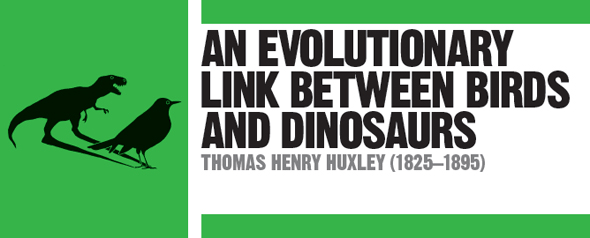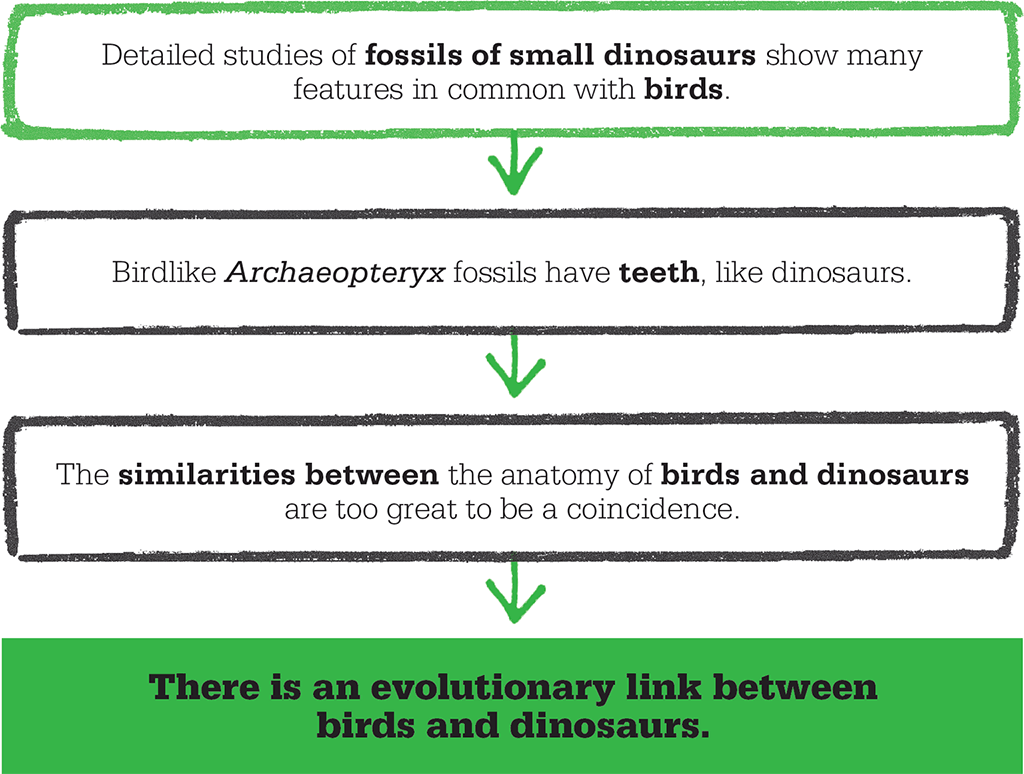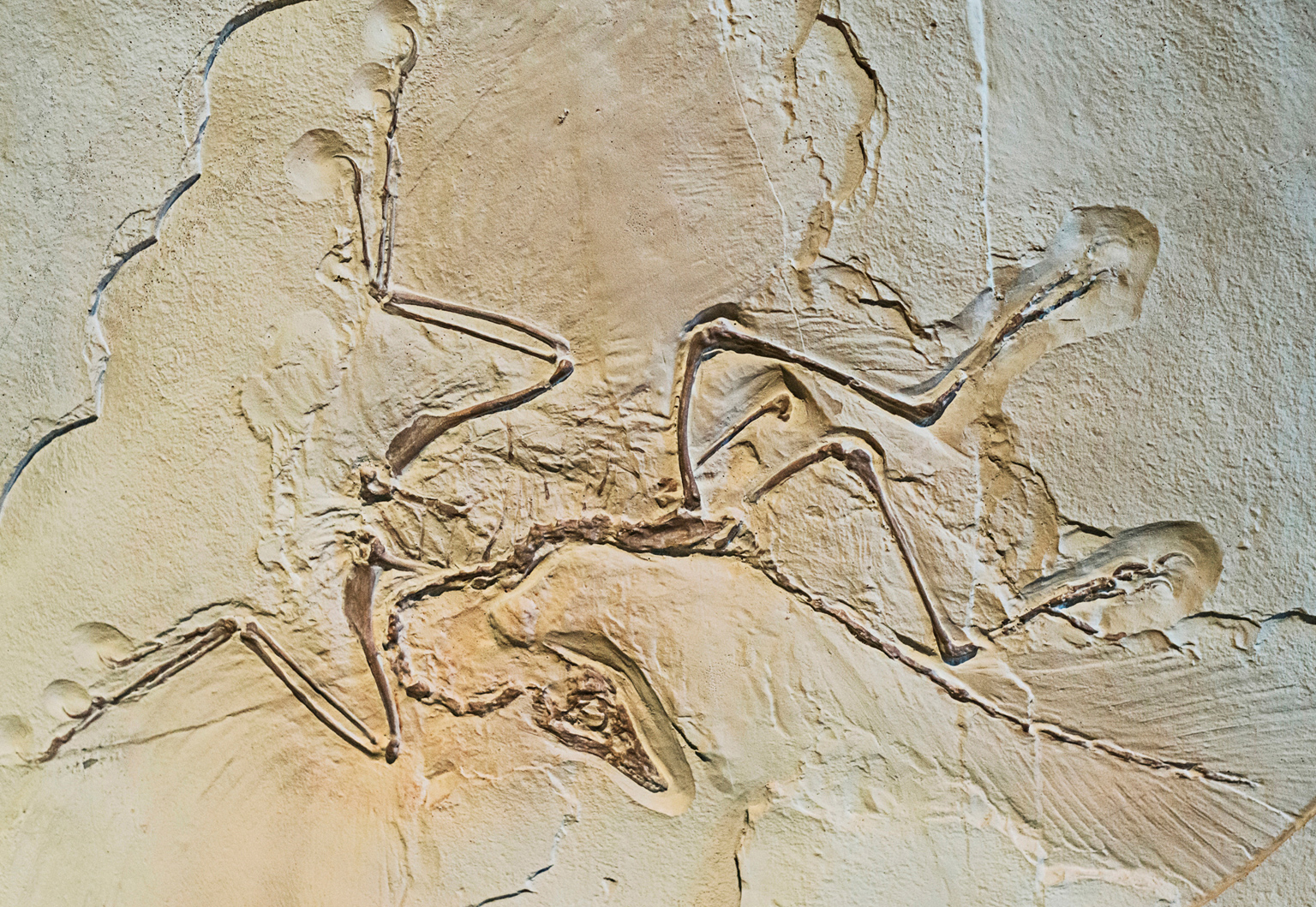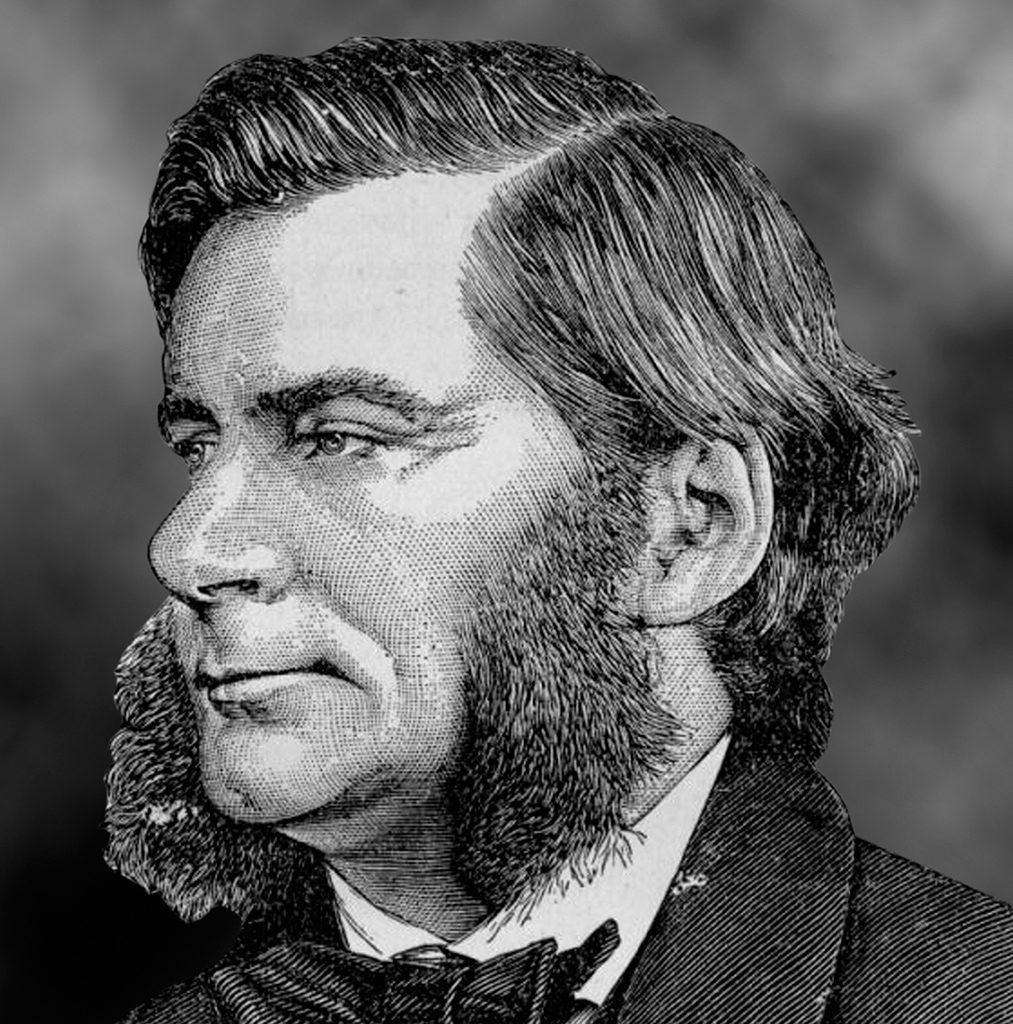
IN CONTEXT
Biology
1859 Charles Darwin publishes On the Origin of Species, describing his theory of evolution.
1860 The first Archaeopteryx fossil, discovered in Germany, is sold to London’s Natural History Museum.
1875 The “Berlin specimen” of Archaeopteryx, with teeth, is found.
1969 US palaeontologist John Ostrom’s study of microraptor dinosaurs highlights new similarities with birds.
1996 Sinosauropteryx, the first known feathered dinosaur, is discovered in China.
2005 US biologist Chris Organ shows the similarity between the DNA of birds and that of Tyrannosaurus rex.
In 1859, Charles Darwin described his theory of evolution by natural selection. In the heated debates that followed, Thomas Henry Huxley was the most formidable champion of Darwin’s ideas, earning himself the nickname “Darwin’s bulldog”. More significantly, the British biologist did pioneering work on a key tenet in the evidence for Darwin’s theories – the idea that birds and dinosaurs are closely related.
If Darwin’s theory that species gradually changed into others was true, then the fossil record should show how species that were very different had diverged from ancestors that were very similar. In 1860, a remarkable fossil was found in limestone in a German quarry. It dated from the Jurassic period, and was named Archaeopteryx lithographica. With wings and feathers like a bird’s, yet from the time of the dinosaurs, it seemed to be an example of the kind of missing link between species that Darwin’s theory predicted.
One sample, however, was not nearly enough to prove the connection between birds and dinosaurs, and Archaeopteryx could simply have been one of the earliest birds, rather than a feathered dinosaur. But Huxley began to study closely the anatomy of both birds and dinosaurs, and for him, the evidence was compelling.

A transitional fossil
Huxley made detailed comparisons between Archaeopteryx and various other dinosaurs, and found that it was very similar to the small dinosaurs Hypsilophodon and Compsognathus. The discovery, in 1875, of a more complete Archaeopteryx fossil, this time with dinosaur-like teeth, seemed to confirm the connection.
Huxley came to believe that there was an evolutionary link between birds and dinosaurs, but he did not imagine a common ancestor would ever be found. What mattered to him were the very clear similarities. Like reptiles, birds have scales – feathers are simply developments of scales – and they lay eggs. They also have a host of similarities in bone structure.
Nevertheless, the link between dinosaurs and birds remained disputed for another century. Then, in the 1960s, studies of the sleek, agile raptor Deinonychus (a relative of Velociraptor) began finally to convince many palaeontologists of the link between birds and these microraptors (small predatory dinosaurs). In recent years, a host of finds of fossils of ancient birds and birdlike dinosaurs in China has strengthened the link – including the discovery in 2005 of a small dinosaur with feathered legs, Pedopenna. Also that year, a ground-breaking study of DNA extracted from the fossilized soft tissue of a Tyrannosaurus rex showed that dinosaurs are genetically more similar to birds than to other reptiles.

Eleven fossils of Archaeopteryx have been discovered. This birdlike dinosaur lived in the Late Jurassic period, about 150 million years ago, in what is now southern Germany.
"Birds are essentially similar to Reptiles…these animals may be said to be merely an extremely modified and aberrant Reptilian type."
Thomas Henry Huxley
THOMAS HENRY HUXLEY

Born in London, Huxley became an apprentice surgeon at the age of 13. At 21, he was a surgeon aboard a Royal Navy ship assigned to chart the seas around Australia and New Guinea. During the voyage, he wrote papers on the marine invertebrates he collected, and these so impressed the Royal Society that he was elected a fellow in 1851. On his return in 1854, Huxley became a lecturer in natural history at the Royal School of Mines.
After meeting Charles Darwin in 1856, Huxley became a strong advocate of Darwin’s theories. In a debate on evolution held in 1860, Huxley won the day against Samuel Wilberforce, Bishop of Oxford, who argued for God’s creation. Along with his work showing similarities between birds and dinosaurs, he gathered evidence on the subject of human origins.
Key works
1858 The Theory of the Vertebrate Skull
1863 Evidence as to Man’s Place in Nature
1880 The Coming of Age of the Origin of Species
See also: Mary Anning • Charles Darwin